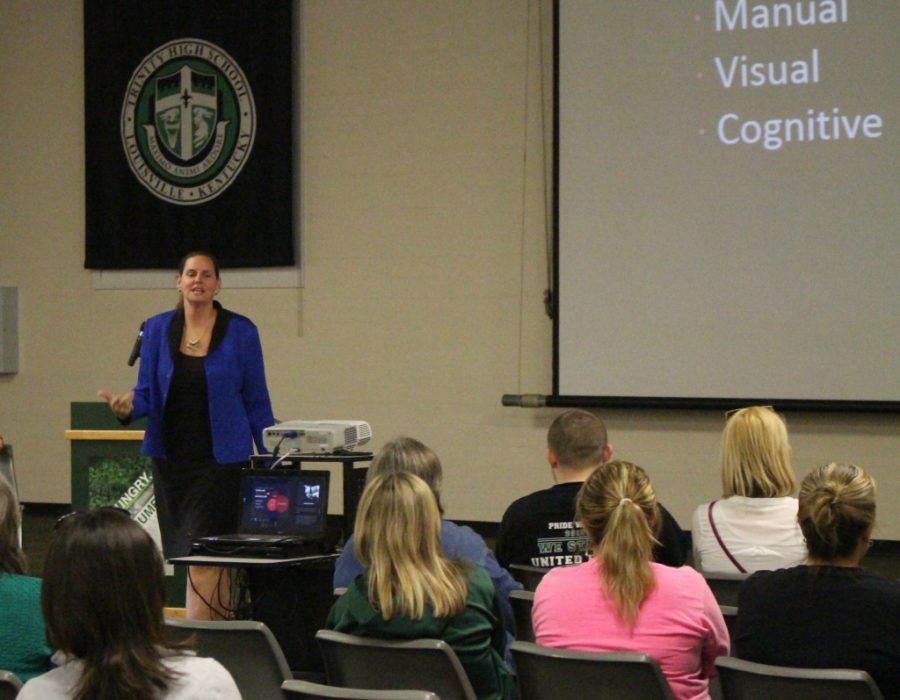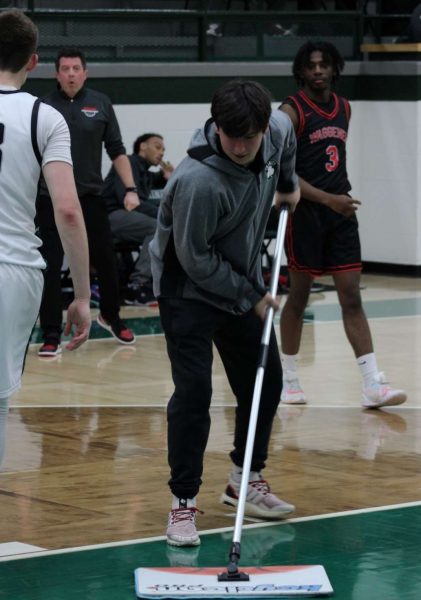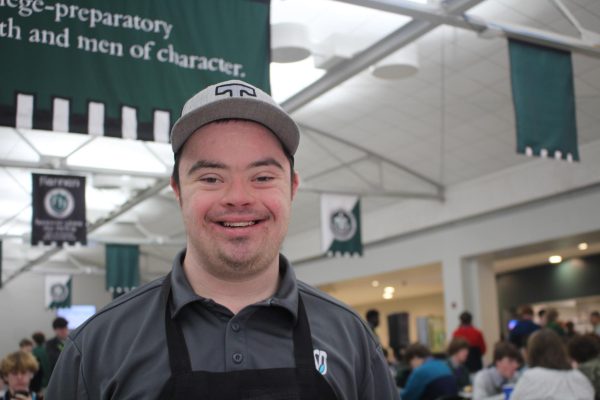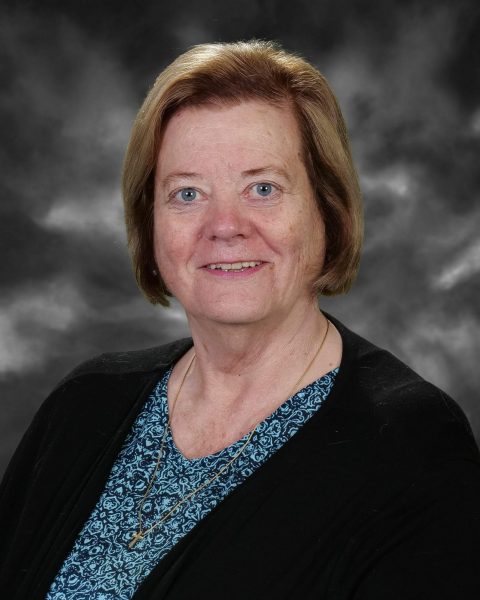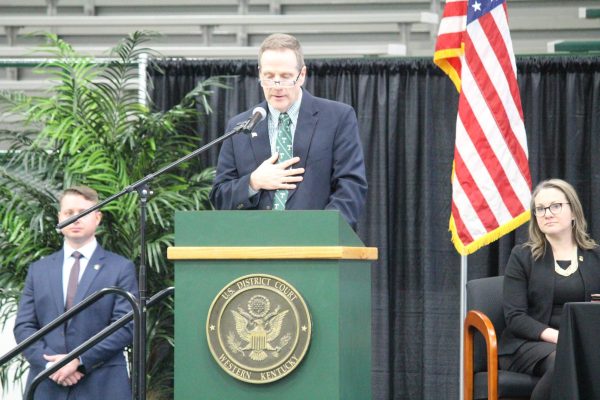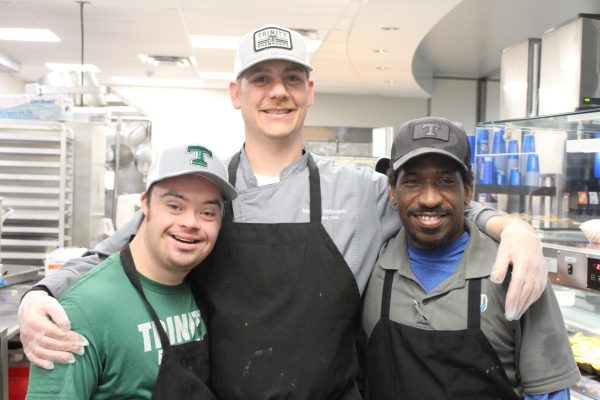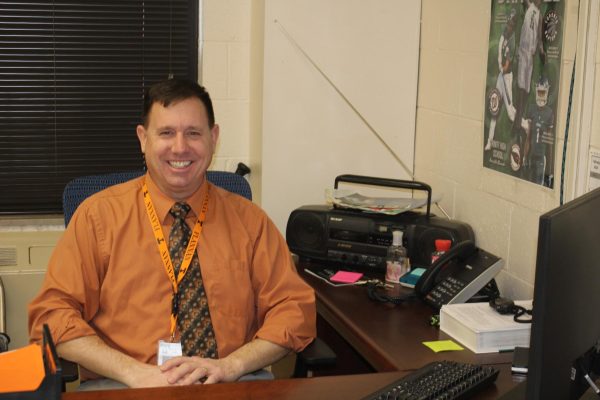Trinity Parent’s Message — Stop Distracted Driving
Mrs. Sheila Hiestand spoke about distracted driving. Her visit to Trinity was coordinated by counselor Dr. Aaron Striegel.
June 18, 2016
As pressure builds from the stress of our daily lives, we begin to look for ways to shave minutes from our busy schedules. Sometimes this is done when we get behind the wheel to drive, performing tasks that take our focus away from the road. Distracted driving is dangerous, not only to the driver, but to those on the road as well.
In 2009, a young lady named Casey Feldman was walking to her summer job when she was struck by a van operated by a distracted driver. This driver was attempting to place his drink in a cup holder when he accelerated through an intersection and struck Casey. Following her passing, Casey’s parents, Joel and Diane Feldman, began a campaign known as End Distracted Driving. This organization educates beginning and veteran drivers on the dangers of distracted driving.
Mrs. Sheila Hiestand, mother of Trinity 2016 Senior Class president Michael Hiestand, is a strong advocate for EndDD. She became involved with EndDD three years ago after meeting Casey’s parents and hearing their story.
In a presentation given in Trinity’s Convocation Hall, Hiestand spoke about the dangers of distracted driving, discussing several tragedies that resulted from the carelessness of distracted drivers. As a personal injuries lawyer, Hiestand sees instances of distracted driving up close.
Hiestand said, “What we don’t realize is that there are many levels and layers of distractions.”
Examples of distracted driving include eating in the car, talking on the cellphone and texting. In some states these actions in a car are not illegal, but not everything that is legal is safe. Hiestand believes because of new statistics and studies showing the consequences, “we will get to a point where it will be illegal for people to use a cellphone while in a vehicle.”
Distracted driving is something people see and probably engage in on a daily basis, many times without thinking about it. “I am ashamed to say that I have been a distracted driver,” said Heistand as she explained how her daughter sometimes reminds her to put the cellphone down while she is driving.
One of the biggest issues of distracted driving is that not everyone will admit the problem, saying what they are doing “is fine; I do it all the time.”
Even though all types of distracted driving are dangerous, one particular type is strictly taboo for most people — driving under the influence. When people first hear the term DUI, they automatically assume alcohol is the influencing drug. But a driver can be charged with DUI for many prescription drugs as well as marijuana. Groups like Mothers Against Drunk Driving lead the way in awareness of the problem by speaking to many groups.
By practicing safe driving, people are doing their part in helping stop tragedies that families face after losing a loved one in an accident. Hiestand suggests that people spread the word about avoiding distractions in the car. When driving with a friend or family member who is texting, ask to send the text for them. If a friend is intoxicated and needs transportation, do not let the person drive, take them home or call a taxi.
Hiestand advises, “Have an open and frank discussion with every member of the family about the dangers of distracted driving.”
Check out videos that show part of Hiestand’s presentation…………….videos by Nick Bradford.

